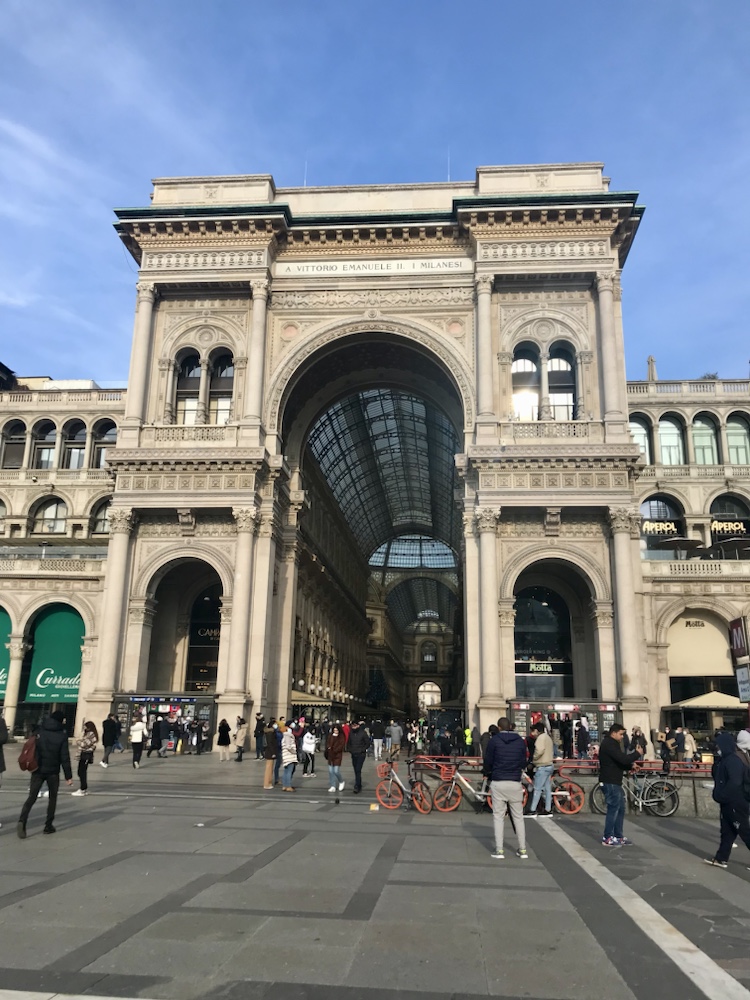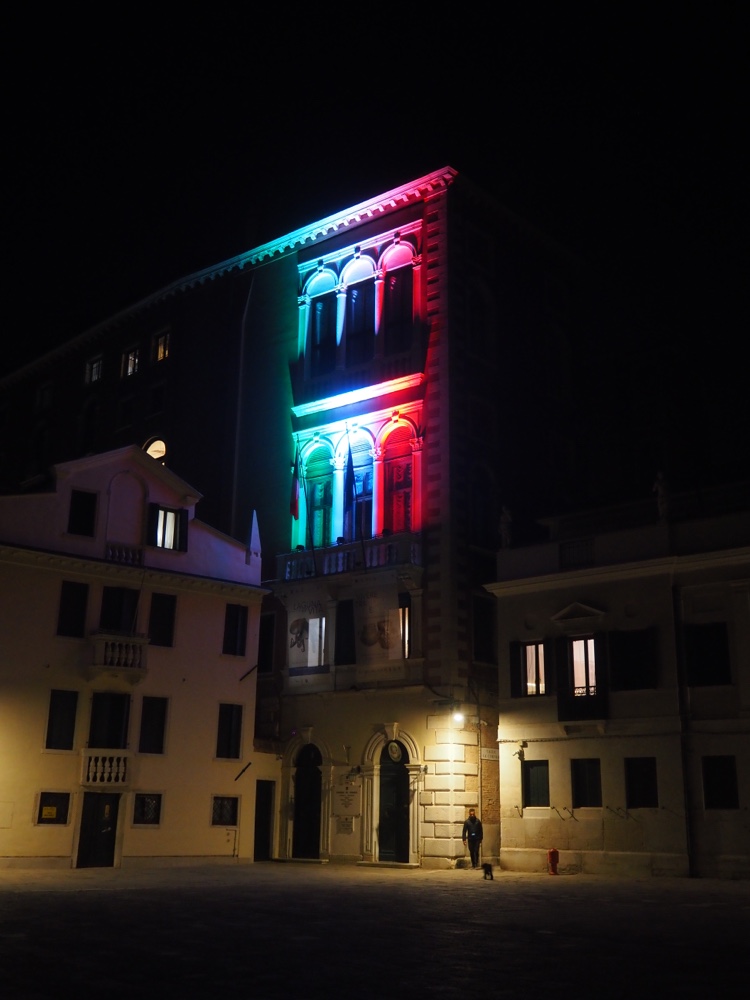
Budva
The Montenegro coastline is jaw dropping with mountains and islands in the blue Adriatic. Passing all the scenic towns and the fancy resort island of Sveti Stefan, I see the town of Budva on the coastline.



It is a very nice city with brick streets and lots of palm trees and greenery. I wander past the Roman and Greek necropolis, which has become a playground for a local family. I enter the old city walls only to be pleasantly surprised. Vines changing red with autumn hang artistically across the old buildings. Roman and early Christian ruins are scattered throughout like art decor.





This old city lays flat along the coastline, but still has all the charm of the alleys; it feels more cozy than claustrophobic with many tourist shops, bars, and restaurants. A citadel and church lie at one end, while a tunnel leads out to the beach at the other. The view is stunning as golden hour sets in and sets the fortress aglow.


I see the rocky coastline has a trail cutting through, and continue on to see the highly folded rocks. These crumbling ridges have nets and wire to prevent rockfall, though warning signs mark the path. The folds are mesmerizing and lead to little divets or caves along the beach. I cross one cave that is quickly filling with water to find a beach tucked away. A half dozen kittens live in the holes beneath a bar and come out to beg. They crawl all over me as I take pictures, and it seems someone has left a plate of food for them. Unable to proceed further, I turn back to town.



I walk back along the coastline to watch the sunset from a pier jutting out towards the end of town. These beaches are not as clear as the others, probably due to pollution from all the boats. I can still see the sea floor, littered with trash. A man casually kicks a plastic bottle cap into the sea.


I get a gyro—finally at a familiar price—and I visit a museum that’s still open. Wandering around the old town is nice at night, but I get hopelessly lost. The museum contains the artifacts from the Roman & Greek mortuary and lots of other tools and pottery from the period. Some pots are just beautiful, while others seem rather worn with time. There is gold jewelry with proto-Greek designs featuring nature patterns.



On my last sunny day I enjoy the sunrise on my balcony before taking off towards the mountains of Kotor.



































































































































































































































